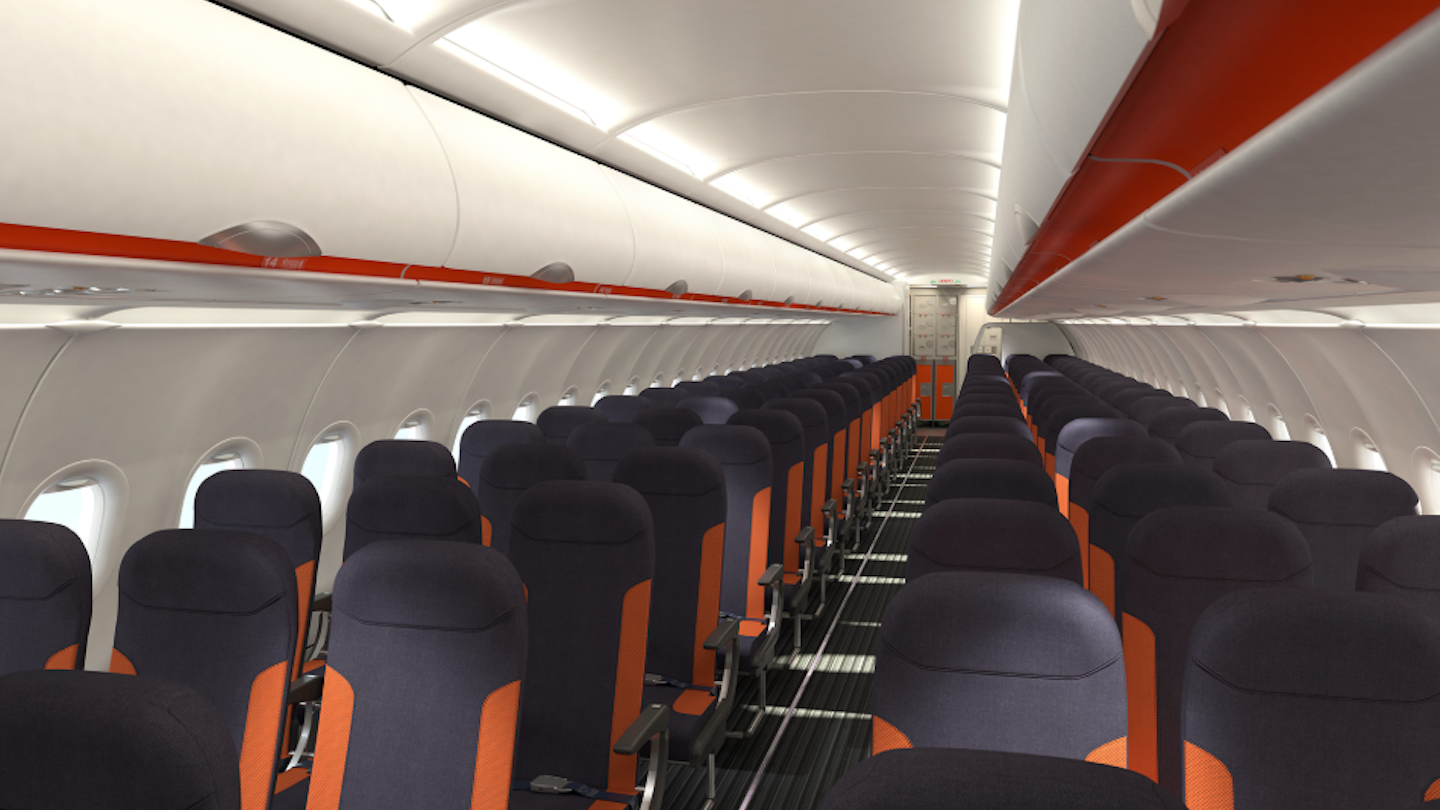Share
Feb 15, 2020 • 5 min read

You might think that airplane seats are becoming increasingly uncomfortable. For many, this perception is valid, particularly as we age; younger bodies tend to handle harder surfaces better. However, while airlines are indeed squeezing seats closer together—a trend that is generally unfavorable due to the increasing height and size of passengers—there is a silver lining with some of the latest space-efficient seats entering the market.
Take easyJet as an example, which has introduced a new set of distinctly dark grey seats accented with vibrant orange touches. These seats, though reminiscent of ironing boards, offer far more space compared to older models sourced from various manufacturers.
The latest offerings from easyJet come from the German manufacturer Recaro, renowned for automotive seating solutions. The new seats are named SL3510—yes, it lacks a catchy name; aviation journalists often liken it to an old Nokia phone from the 1990s.

Clever Design Enhancements for More Spacious Seating
The additional space for your knees can be attributed to innovative engineering techniques. One visible change is the back of the seat in front of you. You’ll notice that these newer seats are significantly thinner than their predecessors, owing to the utilization of advanced thermoplastics—future iterations may even incorporate carbon-fiber reinforced composites. This results in a reduction of physical material between you and the passenger ahead.
Additionally, these seats are sculpted to fit the human form. Although the Recaro seats may lack the pronounced, curvy shapes often referred to as “bum buckets”, they still provide an ergonomic support that makes a difference in comfort levels.
Understanding Seat Measurement: Pitch Matters
The industry standard for measuring legroom is known as ‘pitch’—the distance from any point on one seat to the corresponding point on the seat in front. Historically, pitches of 31” and 30” prevailed, but many budget carriers have introduced pitches as low as 29”, with some legacy airlines adopting similar practices. Currently, the minimum is around 28”, though it’s plausible that 27” could become standard in the near future.
However, not all seats measuring 29” provide the same experience. On two consecutive days, I experienced 29” seats on different airlines while flying Boeing 737s. One set of seats forced me to sit at an awkward angle, while the other allowed me to stretch comfortably—highlighting variances in design even at identical measurements.
Locating newer, more spacious seats isn’t always straightforward. While searching, you might find only a single numerical pitch, which can be misleading.
Many airlines still operate older, less comfortable models alongside their newer variants, especially larger airlines with diverse fleets. Consequently, complete overhaul of an aircraft’s seating can be a lengthy process.
The most straightforward approach is to fly with an airline that exclusively uses a specific seat type. For instance, Jet2 in the UK has been an early adopter of Acro slimline seats, while Spirit and Frontier also feature these advancements. However, the unfortunate reality is that aircraft often get swapped unexpectedly, leaving travelers to chance.
For the majority, it’s a gamble of “if you fly X plane” or “if luck favors you with a new cabin,” a situation that can be quite trying. Therefore, good luck the next time you take to the skies!





